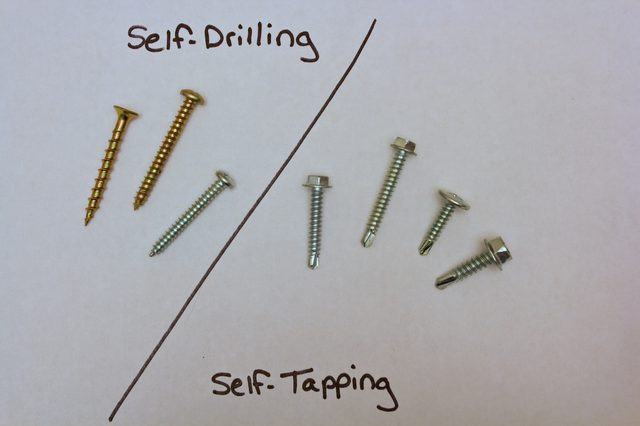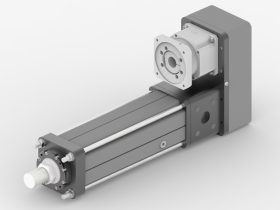A self tapping screw is a type of fastener that uses the tip of the screw to create a thread. This allows the screw to be used on many different types of materials without the need for a pilot hole.
They are a great solution for applications where a traditional screw cannot be used. They are especially useful for a variety of tasks including construction, woodworking and utilities.
Material
The material used in self tapping screws varies depending on the application. Some are made of stainless steel, which provides a balance of strength and corrosion resistance. Others are made of aluminum or zinc for increased strength.
* Metal: These screws are most commonly used to fasten sheet metal together. Their special drill-like tip digs into the material and forms a thread that holds it securely.
Self-tapping screws are classified into two main categories: those that displace material without removing it (thread-forming) and those that have sharp cutting surfaces that remove the material as they are inserted (thread-cutting). They can be used on a wide range of substrates, including thin sheet metals, soft plastics and woods. They are designed for applications where precision is important. Choosing the correct type of screw for the job can save time and money.
Threads
Self tapping screws have various types of threads that help them tap into their target material. These screws are used for a variety of substrates, including wood, metal and brick.
Some are blunt-tipped and drill their own holes, while others have sharp tips that penetrate the material. Sharp-tipped screws are typically used on softer materials like plastic, while piercing-tipped ones work best for metals.
For softer materials, it is recommended to first drill a pilot hole and then install the screw. This will create a smaller hole for the screw’s point to bite into while driving in.
Alternatively, some self-tapping screws are designed to be installed in metal without a pilot hole. These can be called thread-rolling screws, as they will roll or extrude their own threads into a pre-drilled hole in the material.
Both of these types have their advantages and disadvantages. Thread-forming screws stay in place more tightly than thread-cutting screws, but over-tightening can cause plastic to break under pressure. On the other hand, thread-cutting screws may strip if they are disassembled and reassembled, making it difficult to reuse them.
Head
Self tapping screws are fasteners that produce their own thread when screwed into materials such as wood, metal and plastic. The head of a self tapping screw contains a cutting edge that drills away the material and creates a small hole for the thread to go into.
They are divided into two categories, thread-forming and thread-cutting, according to the way the screw removes material. They can either displace or remove the material as they are screwed into it, with the former mainly used in plastics and thin metal sheets and the latter for wood and heavy metals.
These screws are available in a variety of tip and thread patterns, which cater to a wide range of applications. Generally, the tip is rounded and the threads are pronounced to provide a strong connection with the intended substrate.
Shank
There are hundreds of different screws available, ranging in size, shape and material. Some of them live up to their namesake by tapping into their own hole as they are driven into lumber or metal, saving time for users.
Self tapping screws are popular for many applications, including sheet metal works where one-sided access is a challenge. They are also used in medical applications where fasteners are inserted into the body to hold together tissue or muscle during surgery.
There are two main types of self tapping screws: those that furrow their own threads and those that form their own thread by creating a point “like a drill bit.” This point acts as the screw’s cutting edge, so it creates a tiny hole for the screw to go into. This helps to eliminate the need for a pilot hole and reduces errors in insertion.







Leave a Reply